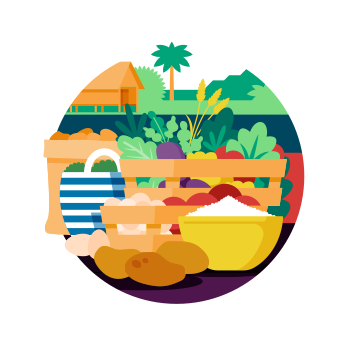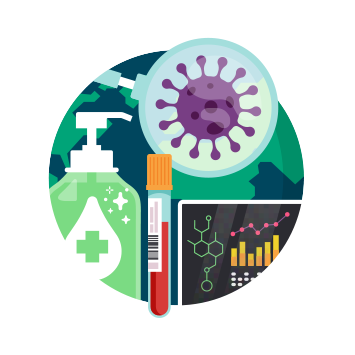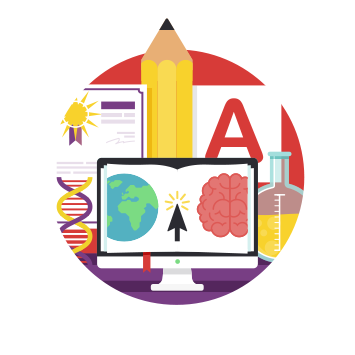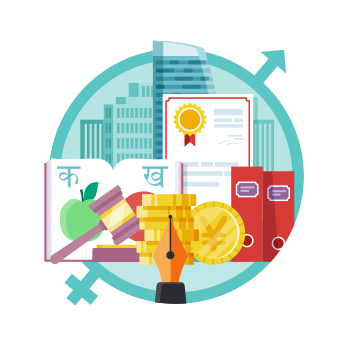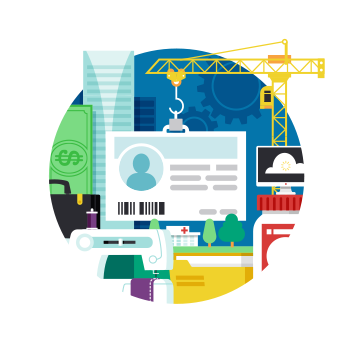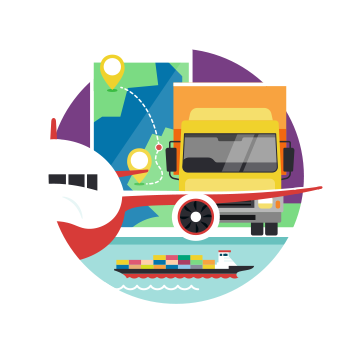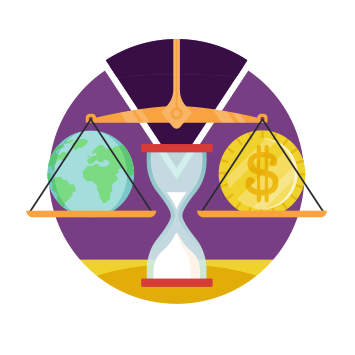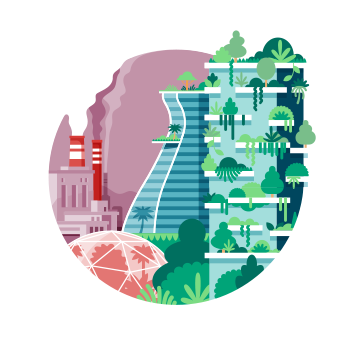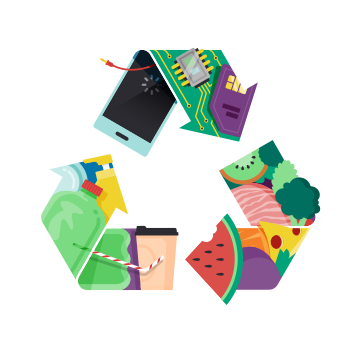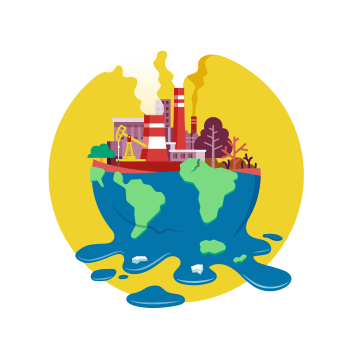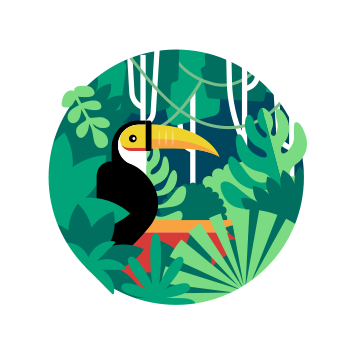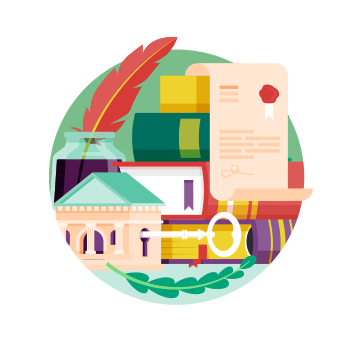

The Atlas of Sustainable Development Goals 2020 presents interactive storytelling and data visualizations about the 17 Sustainable Development Goals. It highlights trends for selected targets within each goal and introduces concepts about how some SDGs are measured. Where data is available, it also highlights the emerging impact of the COVID-19 pandemic on the SDGs.
The Atlas draws from the World Bank’s World Development Indicators database, as well as from a wide variety of relevant data sources from scientists and other researchers worldwide.
We hope readers will find this third edition in the Atlas series engaging and informative, and will be inspired to discover, understand and visualize progress towards achieving the SDGs.
Tell us what you think on Twitter or at data@worldbank.org.
Acknowledgements
The Atlas of Sustainable Development Goals 2020 was produced by the Development Economics Data Group (DECDG) of the World Bank, in collaboration with various units across the World Bank. The Partnership Fund for the Sustainable Development Goals (SDG Fund) provided generous financial support.
The publication was prepared by a team led by Ana Florina Pirlea, Divyanshi Wadhwa, and Andrew Whitby, with editorial guidance from Matthew Welch under the management of Umar Serajuddin and the overall direction of Haishan Fu. Data visualizations were produced by Maarten Lambrechts, Yaryna Serkez, Jan Willem Tulp, and Elbert Wang.
Contributions for the SDG Atlas 2020 were received from:
Chisako Fukuda, David Mariano, Mikael Ello Reventar, Jomo Tariku, and Nina Vucenik managed the communications and outreach strategy and produced promotional material. Title illustrations were designed by Stuart Holmes. A team at Communications Development Incorporated—led by Bruce Ross-Larson and including Joe Caponio, and Christopher Trott— edited the Atlas. Tigist Shibru provided administrative support.
Suggested citation:
Pirlea, A. F., U. Serajuddin, D. Wadhwa, M. Welch and A. Whitby, eds. 2020. Atlas of the Sustainable Development Goals 2020: From World Development Indicators. Washington, DC: World Bank. https://datatopics.worldbank.org/sdgatlas/archive/2020/. License: Creative Commons Attribution CC BY 3.0 IGO

